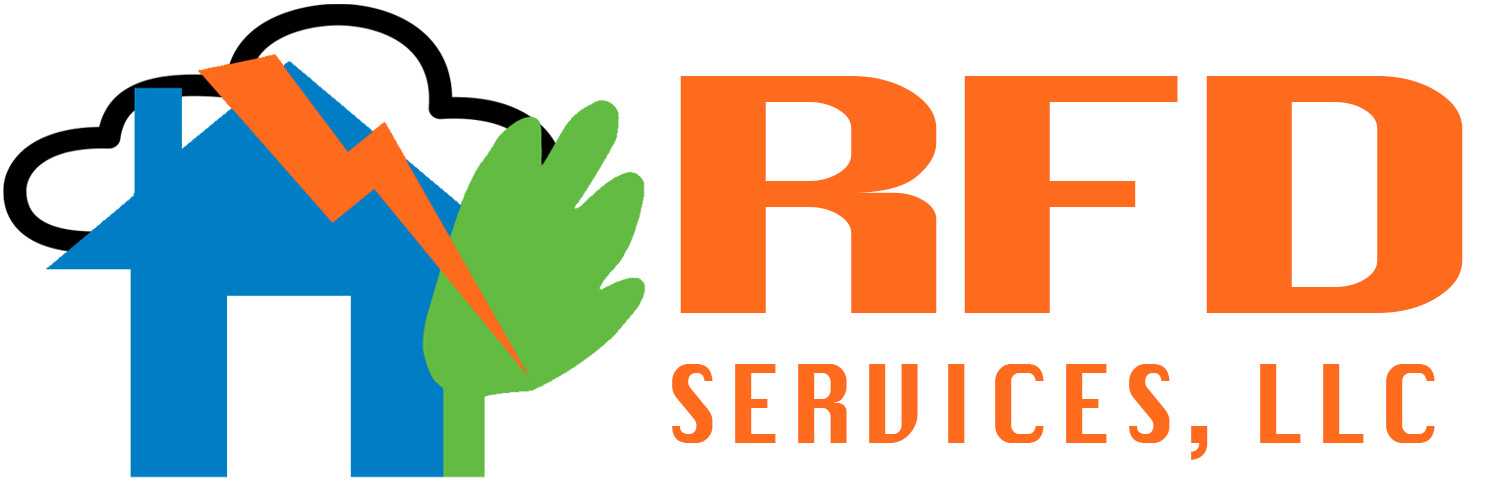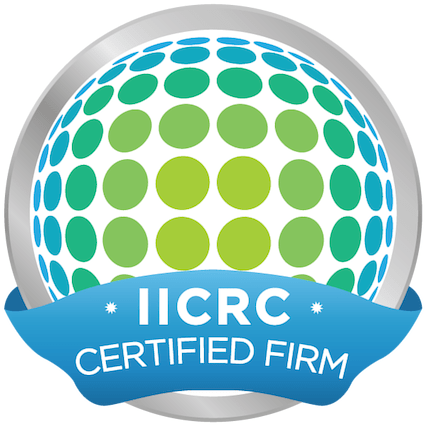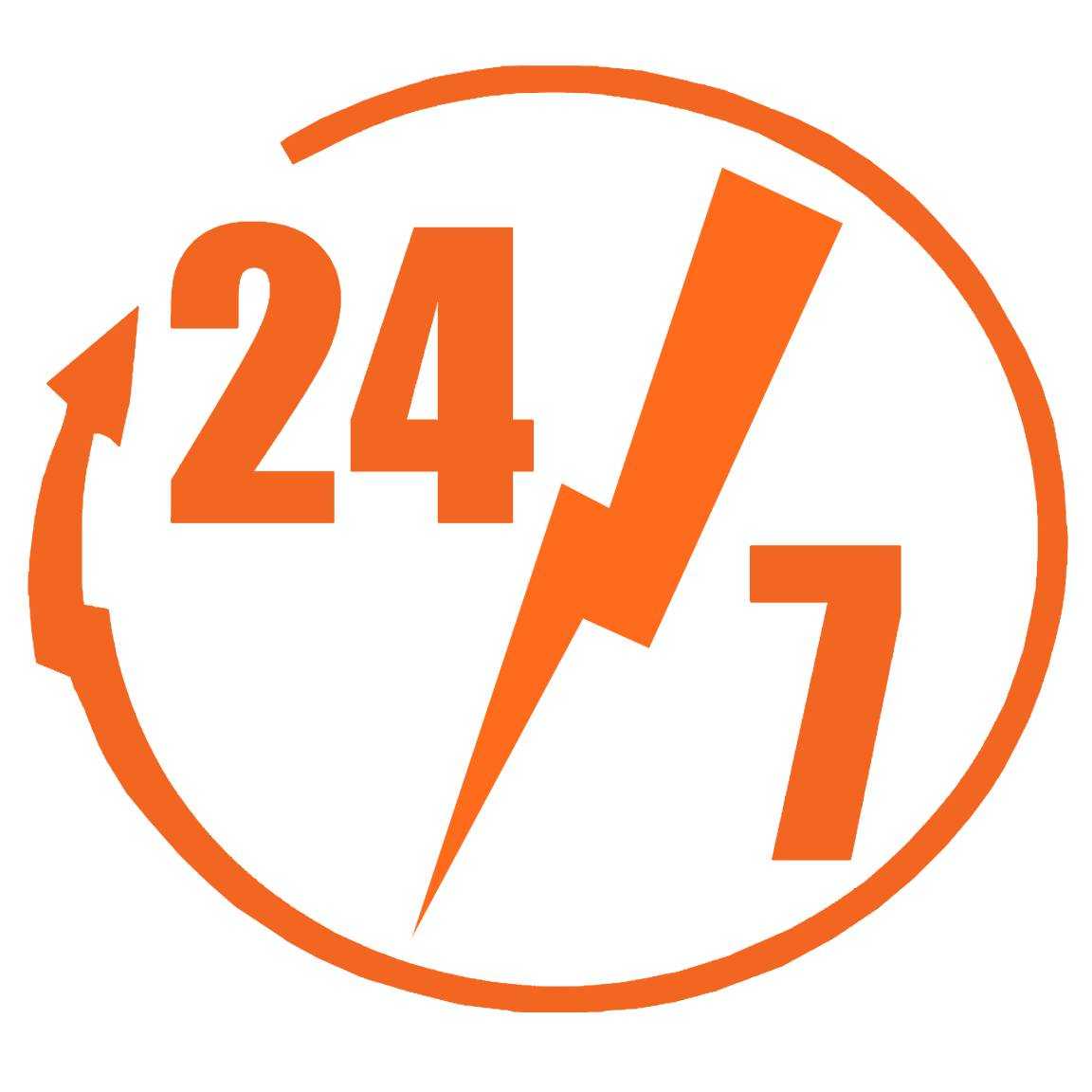Water damage can sneak into your home or business without warning, often causing major headaches if not caught early. From a small leak behind the wall to severe flooding caused by storms, water damage appears in many forms and knowing what to look for can save you from expensive repairs. Whether you’re searching for water damage restoration near me or need a full water damage repair service, recognizing the early warning signs is key.
At RFD Services, we specialize in identifying and repairing water damage quickly and effectively, helping homeowners and businesses protect their property. In this guide, we’ll cover common signs of water damage on walls, ceilings, and floors, how to tell if your home needs water damage cleanup, and why calling professional water damage restoration companies is often the best move.
Common Causes of Water Damage
Water damage can originate from many different sources and may develop either suddenly or gradually over time.Some issues, like a burst pipe or flooding, are obvious. Others, such as hidden leaks, may go unnoticed for months. Common causes include:
- Leaking Appliances: Household appliances like dishwashers, refrigerators, and washing machines can develop slow leaks over time, leading to hidden moisture buildup that weakens subflooring and damages surrounding areas.
- Burst or Leaking Pipes: Even a small crack can release gallons of water daily.
- Storms and Flooding: Heavy rain or hurricanes can cause immediate and severe damage.
- Roof Leaks: Water can seep through damaged shingles and spread into your attic and walls.
- Foundation Issues: Poor drainage can lead to water pooling around your home, causing basement flooding.
Whether it’s a minor issue or a full-blown emergency, a professional water damage contractor can identify the source and create a mitigation plan.
Signs of Water Damage on Ceilings
Your ceilings can tell you a lot about hidden water issues. Recognizing these signs early can help prevent expensive repairs.
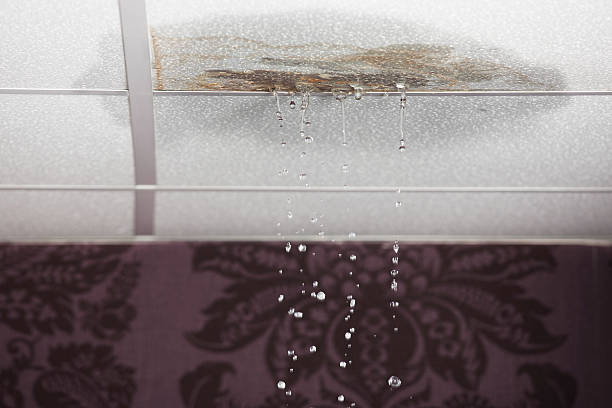
- Peeling or Bubbling Paint: Paint that bubbles or flakes is often a sign of trapped moisture.
- Water Rings or Stains: Light brown or yellow stains typically indicate a leak above.
- Sagging or Bowing: A ceiling that dips is often holding water and should be inspected immediately.
- Mold Growth: Mold thrives in dark, damp spaces like ceiling corners.
- Musty Smells: A strong, unpleasant odor often points to water damage and potential mold.
If you notice any of these symptoms, it’s time to search for water damage restoration services near me and bring in professionals to prevent further damage.
Water Damage Signs on Walls
Walls are another common area where water damage hides. Since drywall soaks up moisture rapidly, quick action is essential:
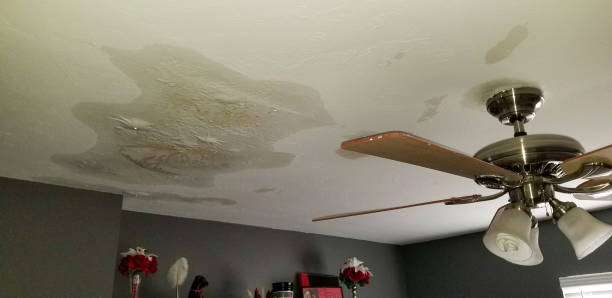
- Softened or Warped Drywall: If your wall feels soft when you press it, water has likely seeped in.
- Discoloration or Streaks: Brown or yellow streaks running down walls often indicate leaks.
- Bubbling or Cracked Paint: Water trapped beneath the surface causes paint to crack and peel.
- Peeling Wallpaper: Damp walls often make wallpaper bubble or peel off entirely.
- Musty Odors: A persistent mildew or damp smell is a strong warning sign of water damage.
Professional water damage cleanup companies can use advanced tools, like moisture meters, to detect damage hidden behind your walls.
Flooring and Water Damage
Floors, especially hardwood and laminate, are highly vulnerable to water damage and often reveal some of the earliest warning signs of moisture issues. Warping or buckling planks, where boards lift or separate, indicate that water has penetrated deep into the flooring. You may also notice cupping or crowning, where hardwood planks curl at the edges or dip in the center due to uneven moisture levels. Discoloration, such as dark stains, mold spots, or a dull, uneven finish, often signals prolonged water exposure. Soft spots in carpets or flooring that feel spongy underfoot are another strong indicator of hidden moisture beneath the surface. Additionally, a persistent musty smell coming from your floors is often the first sign of mold growth or unseen damage. If you detect any of these warning signs, contacting water damage mitigation specialists early can prevent severe structural issues, reduce restoration costs, and help you avoid a complete flooring replacement.
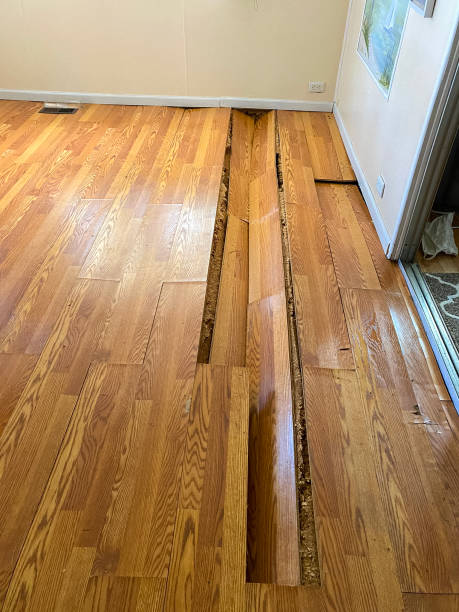
Hidden Water Damage Warning Signs
Not all water damage is visible. Sometimes, it hides behind walls, ceilings, or floors until it’s too late. Here’s what to watch for:
- Mold in Corners: Mold often starts in small areas, like where the ceiling meets walls.
- Increased Water Bills: A sudden rise in your utility bill can indicate a leak.
- Rust or Stains: Discolored fixtures or baseboards may signal a hidden issue.
- Unusual Sounds: A faint dripping or rushing water sound when pipes aren’t in use is a clue.
Professional water damage remediation services use specialized equipment to find hidden leaks, moisture pockets, and mold growth before they cause serious harm.
Water Damage vs. Termite Damage
It’s easy to confuse water damage with termite damage, but they have key differences:
Water damage:
Water damage typically softens, warps, or crumbles wood due to prolonged moisture exposure. You’ll often notice dark stains, yellowish rings, or other discoloration, along with a strong musty smell indicating possible mold growth. In severe cases, water damage weakens the wood’s structure, making it spongy and unstable. Common sources include roof leaks, plumbing failures, and flooding. Detecting these signs early and hiring a professional water damage restoration company is essential to prevent further damage to your home’s framework and indoor air quality.
Termite Damage:
Termite damage is caused by colonies of insects eating through the interior of wooden structures, leaving behind hollow-sounding beams with visible tunnels or grooves that resemble a honeycomb pattern. Unlike water damage, termite destruction is not accompanied by moisture stains or mold odors but can be just as devastating, often compromising load-bearing structures over time. If you suspect termite activity, seek immediate help from pest control experts alongside a water damage repair company to ensure your home is fully protected and restored.
By understanding these differences, homeowners can take the right action to address structural issues quickly, whether that means emergency water damage cleanup or professional pest treatment.
Why Professional Water Damage Restoration Is Essential?
While small leaks or spills may seem manageable, water damage often spreads beyond what you can see. Here’s why professional help matters:
- Comprehensive Inspections: Trained specialists can locate hidden damage and moisture pockets.
- Specialized Equipment: High-powered fans, dehumidifiers, and moisture meters help ensure a complete dry-out.
- Mold Prevention: Proper water damage cleanup prevents mold growth and structural damage.
- Faster Restoration: Professional water damage companies can restore your home quickly and safely.
- Cost Savings: Early intervention reduces water damage restoration costs by preventing long-term damage.
Choosing the Right Water Damage Company
When searching for water damage companies near me, look for:
- 24/7 Emergency Services: Water damage can happen anytime, so choose a provider available day or night.
- Certified Technicians: Industry certifications ensure quality service and expertise.
- Experience in Residential and Commercial Properties: Different buildings require unique approaches.
- Clear Pricing: Get a detailed estimate upfront for water damage restoration costs.
Whether you need residential water damage services or commercial water damage restoration, partnering with professionals ensures your property is safe, clean, and dry.
The Water Damage Restoration Process
Professional water damage removal follows a structured process:
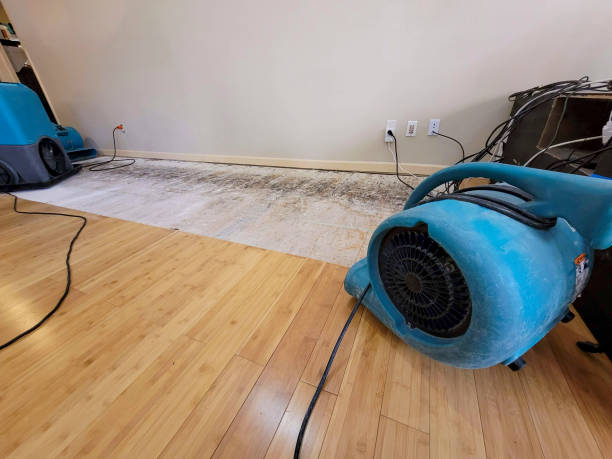
- Inspection & Assessment: Experts identify the source and severity of the damage.
- Water Extraction: Strong pumps and vacuums are used to remove standing water.
- Drying & Dehumidification: High-powered fans and dehumidifiers are used to thoroughly dry the impacted areas.
- Cleaning & Sanitizing: Surfaces are treated to remove contaminants and odors.
- Restoration & Repairs: Affected materials are either repaired or replaced to restore the property.
By hiring a trusted water damage restoration company, you’ll have peace of mind knowing your property is fully restored.
Conclusion
Water damage can start small but lead to major problems if ignored. Whether it’s a leaking roof, burst pipe, or storm damage, acting quickly is critical. Look out for signs like peeling paint, sagging ceilings, warped floors, and musty odors. If you suspect a problem, call a professional water damage restoration service near me to inspect and repair your property.
Investing in expert water damage services not only protects your home or business but also prevents costly repairs down the road. If you’re searching for the best water damage restoration company, choose certified professionals who offer reliable cleanup, repair, and mitigation services to make your home safe again.
FAQs
What should I do if I have water damage in my house?
Turn off the water source if possible, document the damage, and contact a professional water damage restoration service immediately to prevent further damage.
How can I tell if water damage is serious?
Signs like sagging ceilings, soft walls, mold growth, or a strong musty odor indicate severe damage and the need for urgent professional inspection.
How long does water damage restoration take?
Minor damage can take a few days to dry and clean, while extensive restoration may take weeks, depending on the level of water saturation and repairs needed.
Can water damage lead to mold?
Yes, mold can start growing within 24–48 hours of water exposure, which is why prompt water damage cleanup is crucial.
Will insurance cover water damage restoration costs?
Many homeowners’ insurance policies cover water damage from sudden accidents, but coverage varies, so it’s best to review your policy or contact your insurer.
